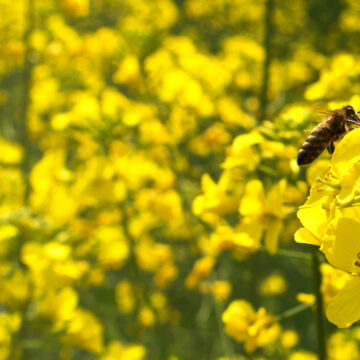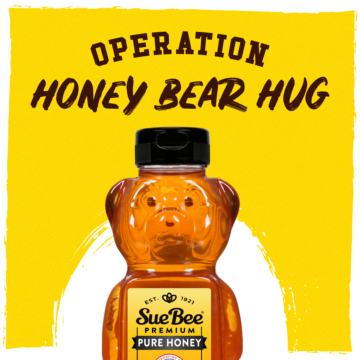Hive of Brothers
Oakley Honey keeps family beekeeping tradition alive and well
Toast, tea, grilled chicken, dog paws – these are just a few examples where honey can make all the difference.
Wait. Dog paws?
“Years ago, when I was much younger, we had a hunting dog – a bird dog – that had been penned up all year. We just hadn’t been able to get him out and really let him run very often that year,” says Jim Oakley, a second-generation beekeeper who, along with his brothers, Ron and John, are members of the Sioux Honey Association Co-op. When the Oakleys went pheasant hunting that season in Imperial Valley near their home in Lakeside, California, their dog, Adam, was so excited that he ran nearly nonstop the entire day. By the end of the afternoon, his paws were so worn that they had developed sores.
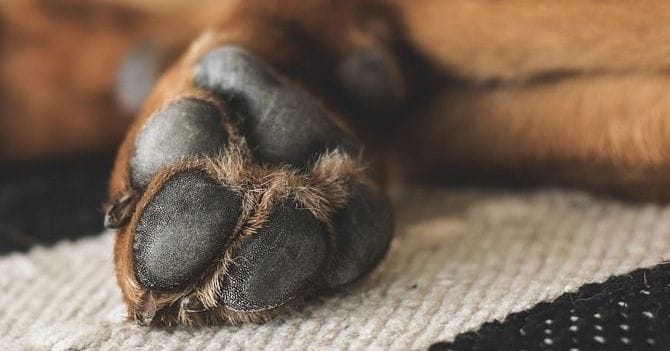
“So my dad took honey and rubbed it on the dog’s feet and put socks on his paws to keep the dog from licking the honey off,” Jim recalled. “He did that every day for a week.
“And it worked. By the end of the week, our dog’s paws had healed, and it was from using honey. It was hard to keep the dog from pulling the socks off to get to the honey, but it eventually healed him up.”
From hobby to business
Jim’s father, Tony Oakley, started keeping bees in the 1960s as a way to provide fresh honey for his family and a few friends. He learned about beekeeping from his father-in-law, who also had kept a few hives as a hobby.
“As things progressed, the number of bees grew, and so did the number of hives. Then he needed a new truck to move them around, and then he needed more bees to pay for the truck … You know, it just escalated,” Jim says.
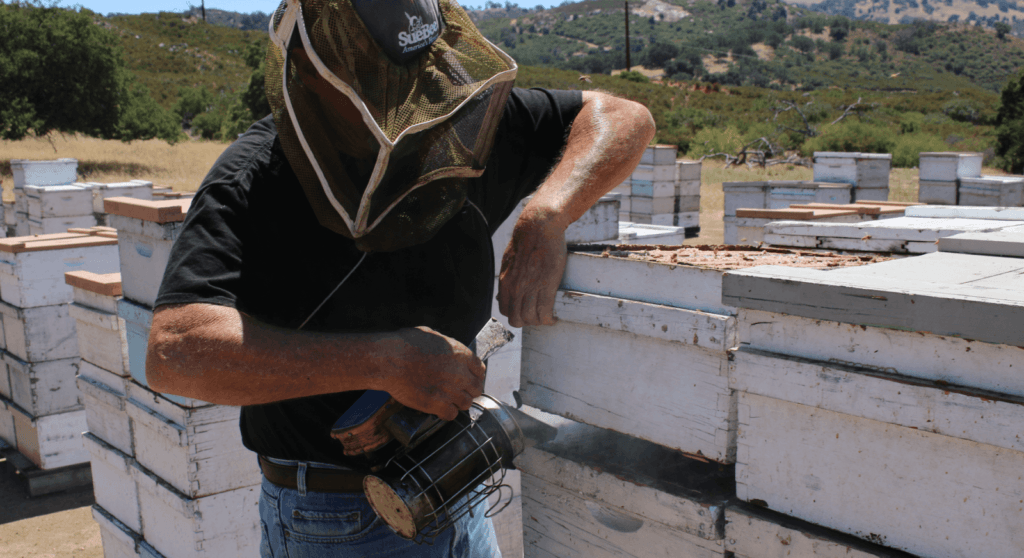
“From there, we added a shop, and then he needed more bees again. Luckily, he had three boys that were cheap labor. We’d come home after school and have to put beehive frames and equipment together and wire stuff, you know, as soon as we were old enough.” By 1966, Oakley Honey Farms was a full-time business. That’s the year the Oakleys built their first warehouse. And that was also the same time they joined the Sioux Honey Association Co-op. The Oakleys have been members ever since.
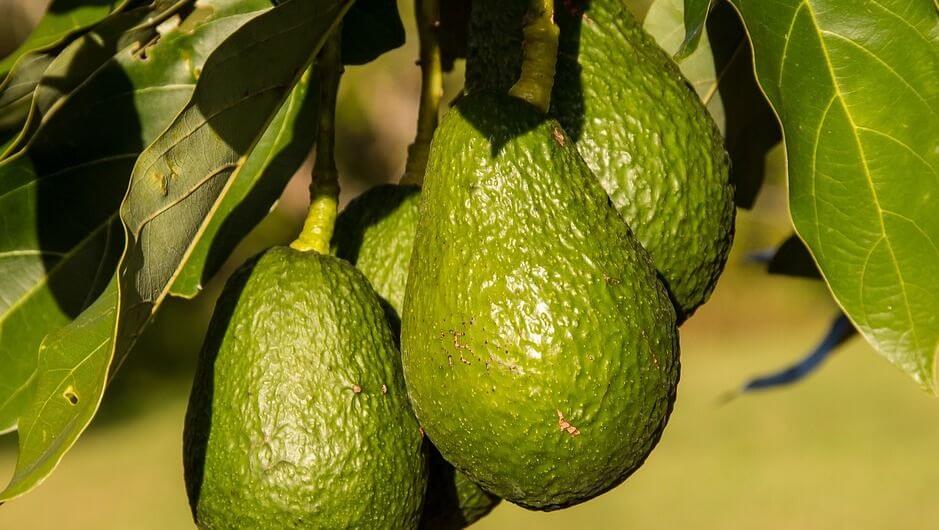
Pollination services help honey business thrive
Like most beekeepers in California, Jim and his brothers rent their bees to area farmers to help pollinate everything from avocados and alfalfa to the lucrative business of California’s almond crops.
“In February and March, we take the bees to pollinate almonds,” Jim says. “They’re up there for about 30 days. Then we bring them back here and put them in the avocados. If we didn’t have the almonds, there really wouldn’t be too many commercial beekeepers in California.”
Jim’s brother Ron added, “Whether it be almonds or cranberries or another crop, you’ve got to supplement your honey business these days in California because of the droughts.”
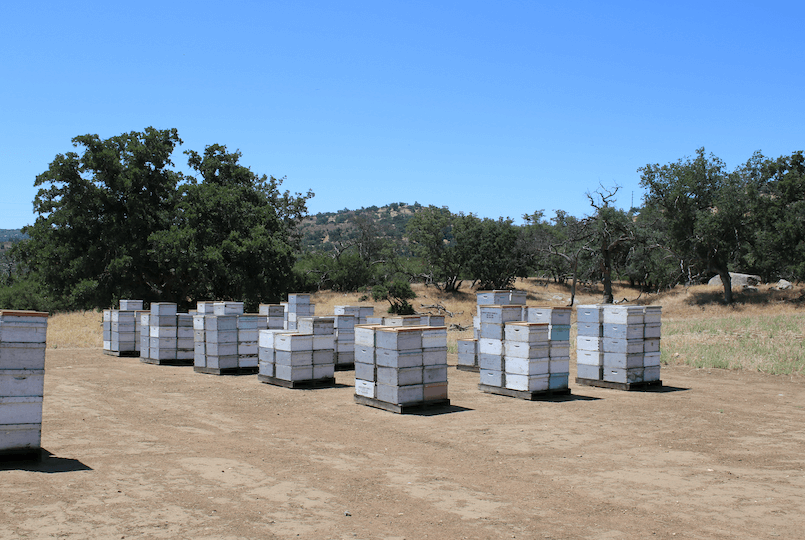
The life of a beekeeper
The question most people ask when they meet a beekeeper? Easy. How often do you get stung by a bee?
John: “Daily.”
Ron: “All the time.”
Jim: “How many times depends on how angry or how calm they are on any given day.”
The next questions: Does it hurt? Do you get used to it?
“It hurts us just as much as it would hurt anyone else,” says Jim.
“It’s like being a welder or an electrician,” adds Ron. “If you’re a welder, you’re going to get burnt. If you’re an electrician, you’re going to get shocked. If you’re a beekeeper, you’re going to get stung. It’s just life. That’s the way it is.”
“Yesterday, we went out and pulled a load of honey, and I think I only got stung a couple times,” John says. “Some days, the bees couldn’t care less that you’re there. And then other days, you don’t get out of the truck hardly and they’re already stinging you. During the summer when they are making honey, they are happy. They couldn’t care less if you’re there. It’s in the fall, when there’s no honey coming in … that’s when they want to get a little picky.”
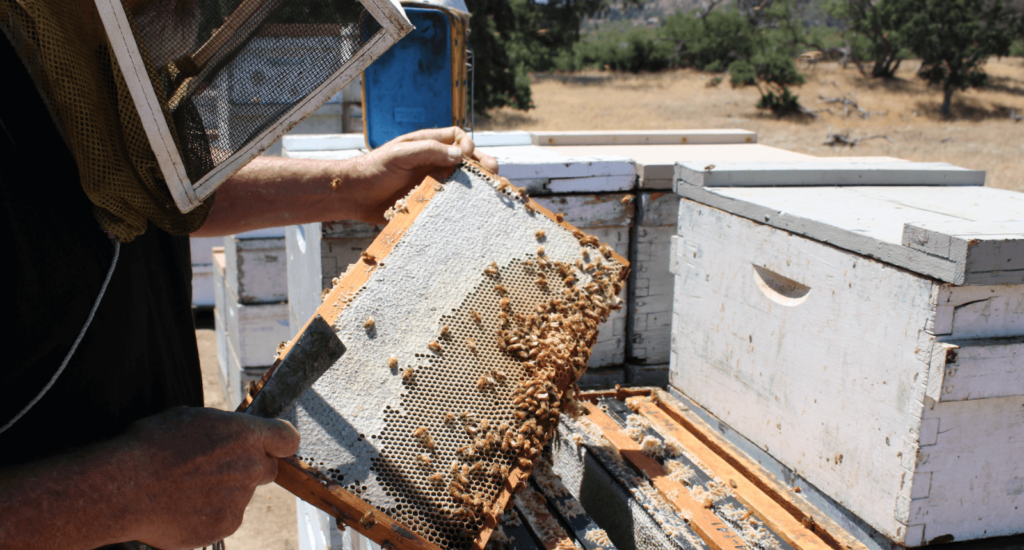
Which begs the question: Why do it? Why fight the droughts, the bee stings, the constant struggle to keep colonies healthy and vibrant, perpetually moving hives from crop to crop, field to field? In other words, what makes beekeeping so appealing?
“Working for yourself,” the three brothers say, simultaneously.
“What you put into it is what you’re going to get out of it,” continues Jim. “If you put in more effort, more time, usually you’re going get more honey out of it. Get more benefit out of it.”
The Oakleys compare beekeeping to farming.
“It’s just a different type of crop,” says Ron.
“Beekeeping is kind of like cattle ranching,” adds Jim. “They ranch cattle; we do bees.”
“A farmer plants his crop. Well, we kind of do the same thing when we go out in the spring and make divides to try to get our numbers back up, and then we take care of them,” says Jim, explaining the process of dividing colonies to produce more honey-making bees.
“You can’t just put them out there and just leave them. You have to go out and service them and see if they need additional room. Then we harvest the honey, bring it in, and Sioux Honey picks it up.”
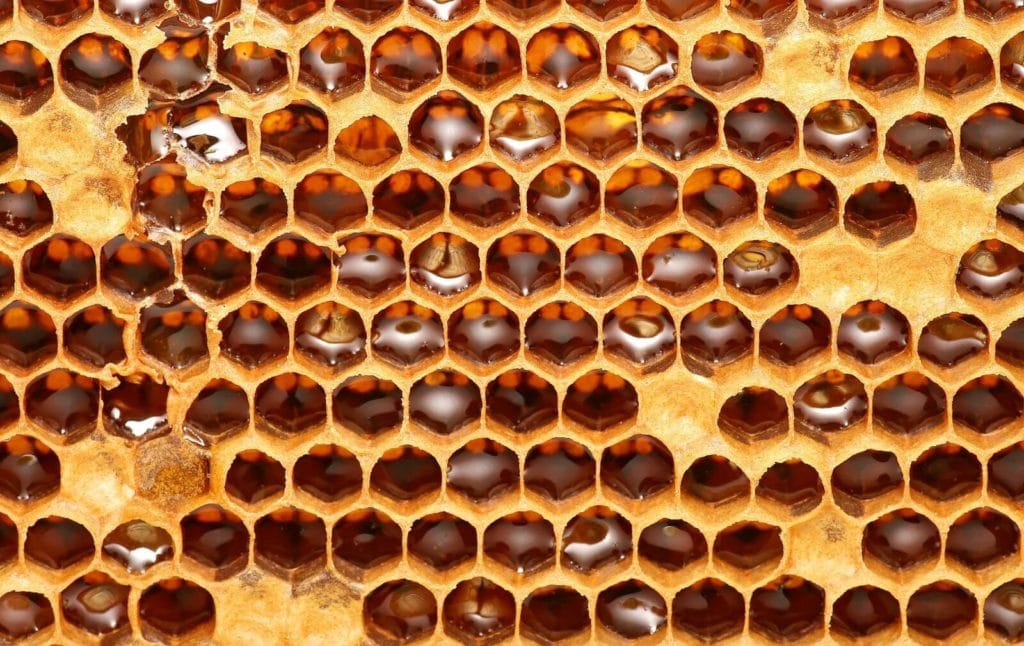
The best thing about honey
So, besides being able to help heal a dog’s paws, what are the Oakley brothers’ favorite things about honey?
Beekeepers get a lot of respect, they say.
“It’s always interesting when someone asks, ‘What do you do for work?’ And if you tell them you’re an electrician or you’re a welder, no big reaction. But if you tell them you’re a beekeeper, they go, ‘Oh, yeah?’ And they just want to know all about it,” says Ron.
“People are amazed whenever they meet a beekeeper because there just aren’t that many of them,” adds Jim. “They find it really fascinating and think it’s such an interesting profession.”
The best part, however, might be the reaction people get when they eat honey.
“When somebody tastes honey, it puts a smile on their face,” says John. “And that makes me happy.”
“I guarantee, if a little kid came in here and you let them stick their finger in that comb of honey, you couldn’t keep ’em away from it. They’d just want to keep doing it,” says Jim. “It’s delicious.”

